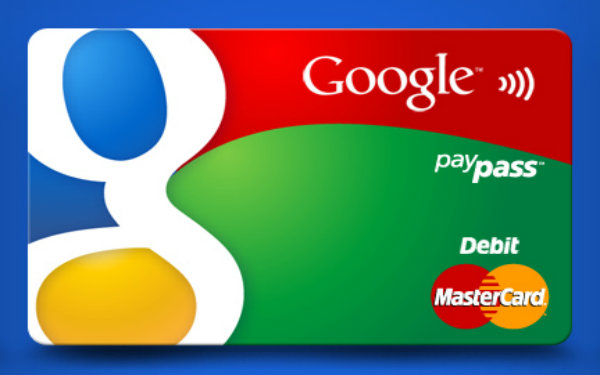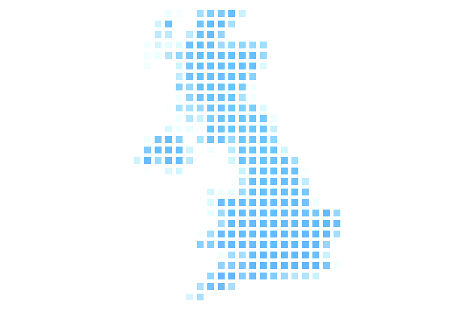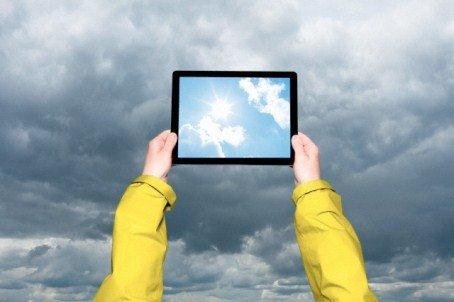By Paul Ridden
 Common sense should be enough to tell us that getting behind the wheel of a car after consuming alcohol is not a particularly good idea, but still there are those who stupidly risk life and liberty by driving home after the party. When trying to convince such people to call a taxi, friends are often faced with a call for proof that the would-be driver is unfit to drive. Enter the new BreathalEyes app for iPhone.
Common sense should be enough to tell us that getting behind the wheel of a car after consuming alcohol is not a particularly good idea, but still there are those who stupidly risk life and liberty by driving home after the party. When trying to convince such people to call a taxi, friends are often faced with a call for proof that the would-be driver is unfit to drive. Enter the new BreathalEyes app for iPhone.
–
–
–



Over the years we’ve seen a variety of personal alcohol analyzers, from dedicated hand-held devices (SOBERCHECK) and wristwatches (Alcowatch), to in-car systems (Alcoguard) and mobile phone breathalyzers, like LG’s LP-4100 Sobriety phone. While the latter wasn’t released beyond LG’s home turf of South Korea, integrating a detection system into a device that, for many of us, is a constant companion makes a lot of sense. Instead of analyzing a user’s breath to determine alcohol content, the BreathalEyes app for iPhone detects involuntary eye movement in a similar way to field sobriety tests undertaken by police patrols.
The app uses the iPhone camera to record a subject’s Horizontal Gaze Nystagmus (HGN) – where the eye twitches and jerks of its own accord as the iris reaches an angle of about 45 degrees while the person’s head remains forward. Sufferers of HGN are blissfully unaware that it’s happening, and there are many reasons why it occurs – one of which being alcohol consumption. As such, suspected drunk drivers have been subjected to variations of the pen test for some time now as one of an arsenal of field sobriety tests.
Used as a rough guide only, the BreathalEyes app can deliver an approximation of a subject’s blood alcohol content (BAC) in just a few seconds and is said to have an effective test range of between 0.04 and 0.17 percent. In a similar – but slightly less in-your-face – vein to the AcuNetx HawkEye system developed for law enforcement, the app uses an iPhone’s camera to detect and record HGN.

The developers say that the person doing the testing needs to be completely sober or at the very least capable of holding the phone steady, and the test needs to be undertaken in good lighting conditions (although the camera’s flash can be used but accuracy may be affected). One eye of the person being tested is framed within the app’s box – if the left eye is in the frame, the person needs to look towards the left and if the right eye… well, you can probably work the rest out for yourselves. After a short time, the test is complete and the app will display the subject’s approximate BAC. No network connection is required.
“BreathalEyes is intended to give people who have been drinking a reasonable idea of how intoxicated they have become,” says the team behind the development. A number of side-by-side comparison tests with a dedicated breathalyzer have been performed by the team. It is claimed that the app has consistently displayed results very close to the more expensive device, although there are numerous disclaimers in place to preempt unwelcome courtroom dramas.
The BreathalEyes app is available now for just US$0.99, and is compatible with iPhone 4 or later. Fans of Google’s mobile OS can look forward to an Android version later in the year.











